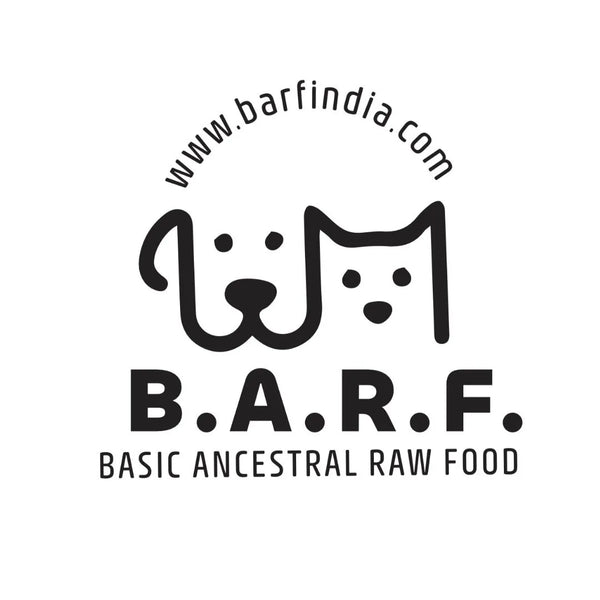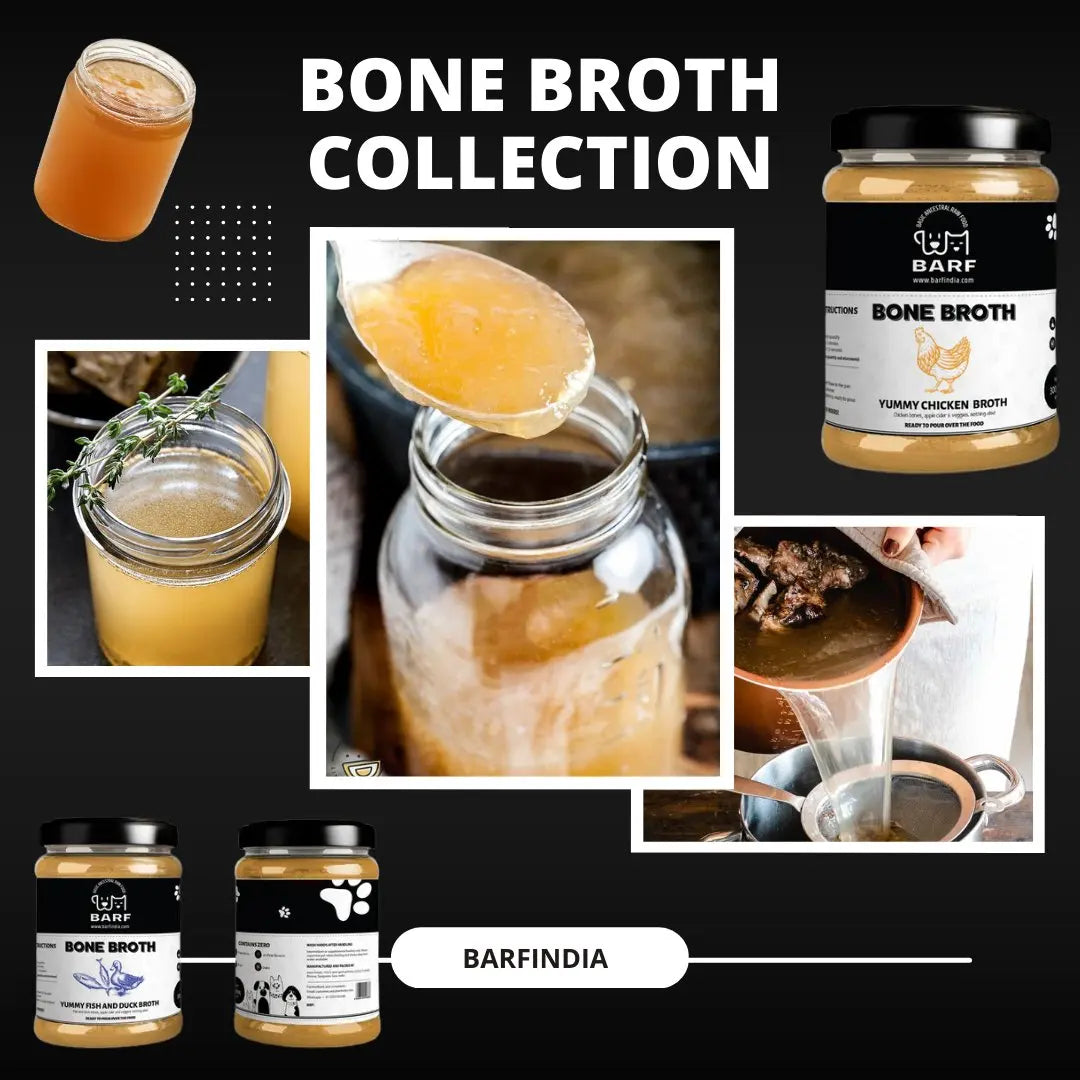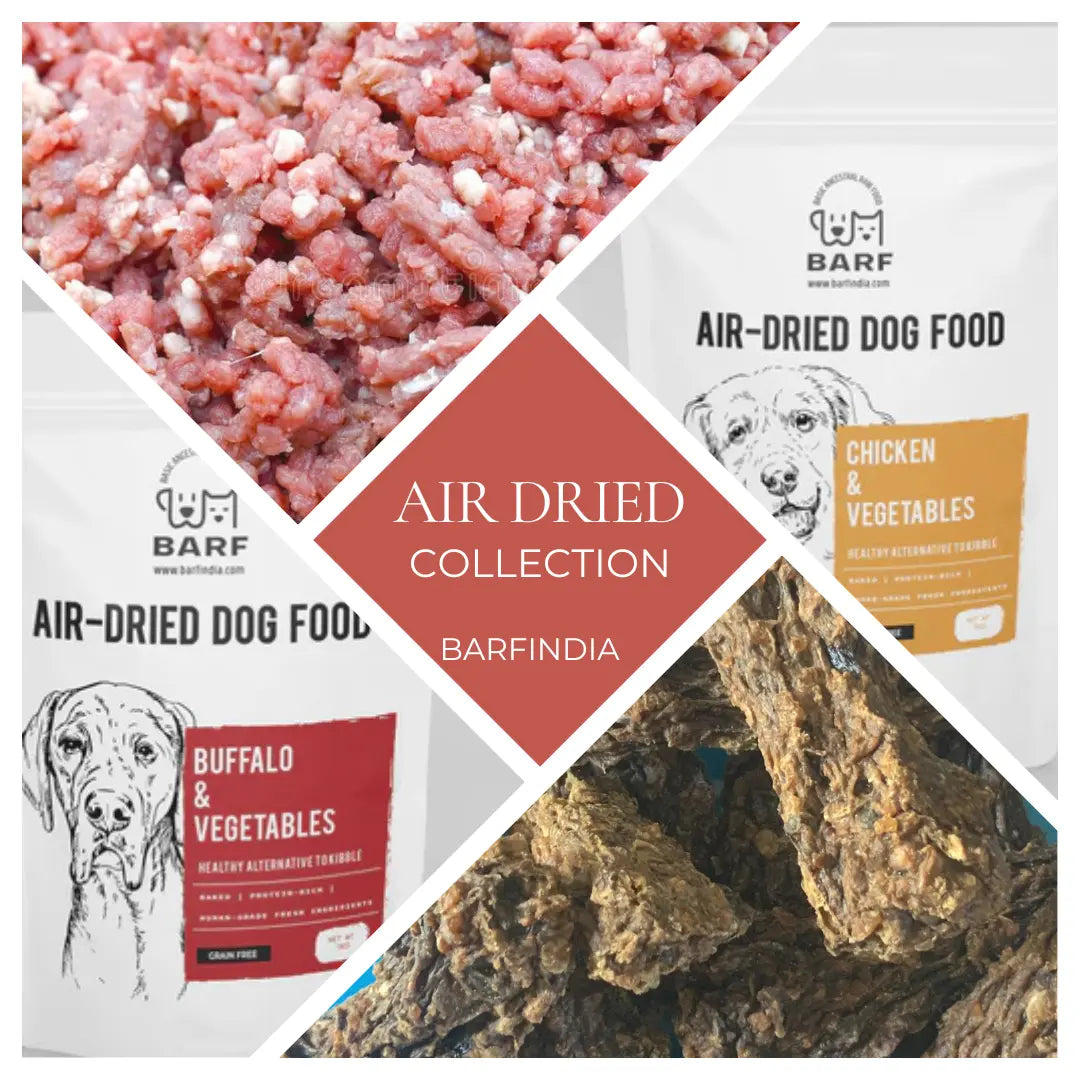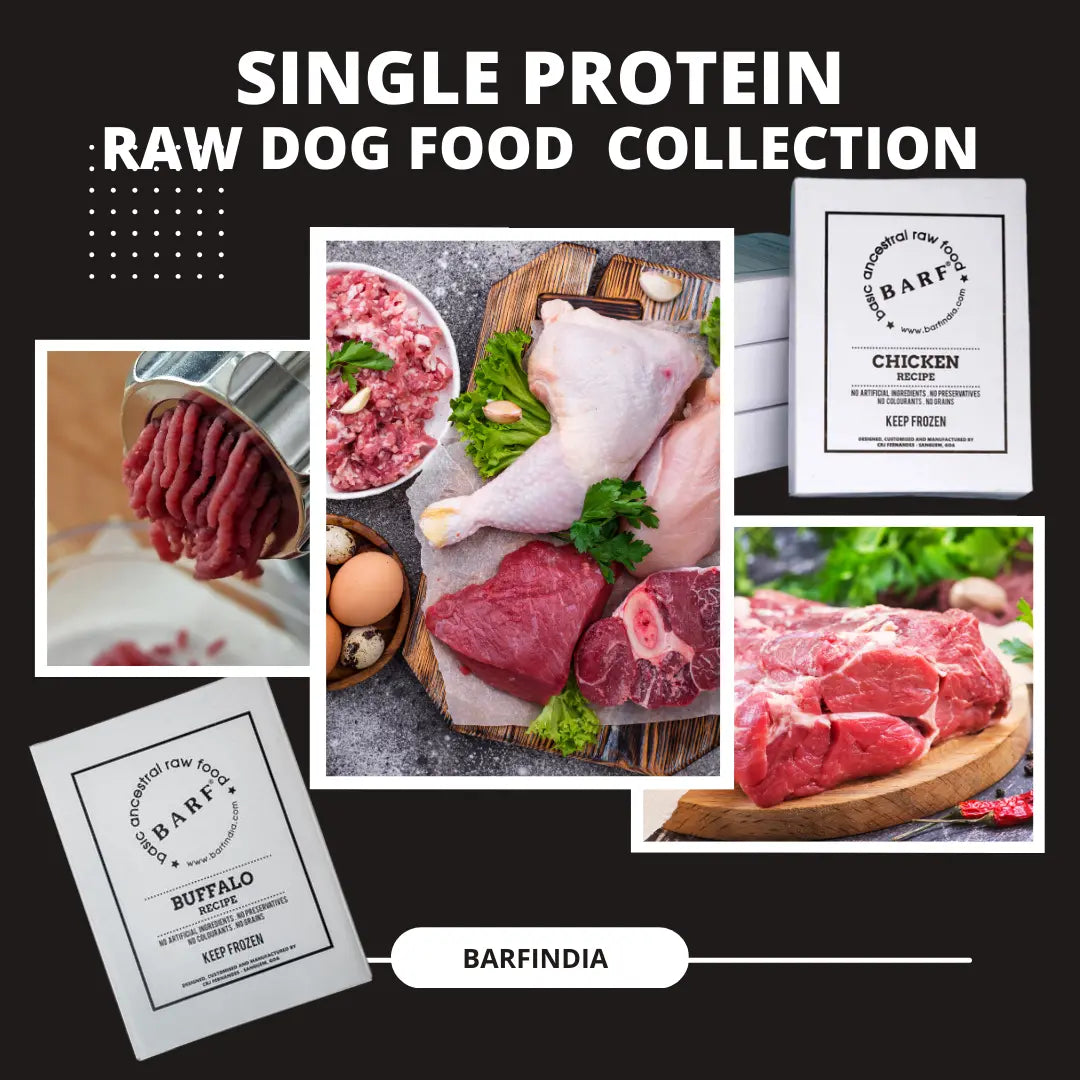
3 Common Mistakes Dog Parents Make With Homemade Dog Food
Nivedita Fernandes3 Common Mistakes Dog Parents Make With Homemade Dog Food
Homemade Dog Food is becoming an increasingly popular choice among pet parents who want to offer a healthier, more natural alternative to commercial dog food. As caring dog owners, we aim to give our furry companions the best nutrition possible—but even with the right intentions, certain mistakes can compromise their health.
While homemade dog food does come with great benefits like ingredient control and freshness, it's essential to ensure meals are balanced and prepared correctly. In this blog, we’ll cover three common mistakes dog parents make when preparing homemade meals and how to avoid them to keep your dog happy and healthy.
-
Imbalanced Nutrition:
One of the most prevalent mistakes dog parents make with homemade food is providing imbalanced nutrition. Dogs require a well-rounded diet that includes proteins, carbohydrates, healthy fats, vitamins, and minerals. It's essential to consult a veterinarian or a canine nutritionist to determine the appropriate balance of nutrients based on your dog's breed, age, size, and health conditions. Neglecting this balance can lead to deficiencies or excesses, potentially causing health issues in your beloved companion.
To avoid this mistake, conduct thorough research on canine nutrition or seek professional guidance. Recipes for homemade dog food should include a variety of protein sources such as lean meats, fish, or eggs. Carbohydrates can be obtained from vegetables like sweet potatoes, peas, or brown rice. Fats from sources like fish oil or coconut oil should be incorporated in moderation. Additionally, certain supplements may be recommended to ensure your dog receives all necessary vitamins and minerals.
-
Unsafe Ingredients:
Another mistake made by well-meaning dog parents is using unsafe ingredients in homemade food. Some foods that are safe for humans can be toxic to dogs. For example, onions, garlic, chocolate, grapes, raisins, and certain artificial sweeteners like xylitol are highly toxic to canines and should never be included in homemade meals. Other ingredients such as bones, raw meat, or uncooked eggs can carry risks of bacterial contamination, leading to foodborne illnesses.
To prevent this mistake, always double-check the safety of ingredients before including them in your dog's homemade meals. Familiarize yourself with the list of toxic foods for dogs and ensure your recipes avoid them completely. Cook all meat thoroughly to eliminate any potential bacteria, and avoid using bones that could splinter and cause choking or internal injuries.
-
Lack of Variety:
A common oversight in homemade dog food preparation is the lack of variety in ingredients. Just like humans, dogs benefit from a diverse diet. Feeding them the same meal day after day may result in nutritional deficiencies or sensitivities to specific ingredients over time. Additionally, a monotonous diet can lead to decreased interest in food and potential behavioral issues.
To address this mistake, introduce a variety of ingredients in your dog's homemade food rotation. Alternate protein sources, such as chicken, beef, turkey, and fish, to provide a range of essential amino acids. Include different vegetables and fruits to offer various vitamins, minerals, and fiber. By diversifying your dog's diet, you can enhance their overall health and enjoyment of mealtime.
Common Mistakes to Avoid with Homemade Dog Food
Conclusion:
While homemade dog food can be a nutritious choice for your furry companion, it's crucial to avoid common mistakes that can compromise their well-being. Maintaining a balanced nutrition profile, using safe ingredients, and incorporating variety in their meals are key aspects to consider. Always consult with a veterinarian or a canine nutritionist to ensure your dog's homemade diet meets their specific nutritional needs. By taking the necessary precautions, you can provide your dog with a wholesome and lovingly prepared diet that promotes their health and happiness



